For years, the idea of feeding pets a pure meat diet has been romanticized as the ultimate way to honor their carnivorous nature. Dog and cat owners, eager to provide what they believe is the most biologically appropriate meal, often fall into the trap of thinking that more meat equals better health. However, the reality is far more complex. While meat is indeed a crucial component of a pet’s diet, relying solely on it can lead to severe nutritional imbalances and long-term health issues.
The Myth of the Pure Carnivore
Many pet owners operate under the assumption that dogs and cats are strict carnivores, requiring nothing but muscle meat to thrive. While it’s true that cats are obligate carnivores and dogs share a strong carnivorous lineage, their dietary needs are not as one-dimensional as they seem. Domesticated pets have evolved alongside humans for thousands of years, adapting to a more varied diet than their wild ancestors. Wolves and wild cats consume entire prey—organs, bones, and even partially digested plant matter from their prey’s stomach. A diet consisting exclusively of muscle meat lacks essential nutrients like calcium, taurine, and certain vitamins that are naturally present in a whole-prey diet.
The Hidden Dangers of an All-Meat Diet
One of the most critical issues with pure meat feeding is the imbalance of calcium and phosphorus. Muscle meat is high in phosphorus but contains almost no calcium. Without proper supplementation, this imbalance can lead to weak bones, dental problems, and even metabolic disorders. Another often overlooked deficiency is the lack of fiber, which plays a crucial role in digestive health. Pets fed only meat may suffer from constipation or irregular bowel movements. Additionally, certain vitamins, such as Vitamin E and D, are scarce in muscle meat but are vital for immune function and bone health.
Commercial Pet Food vs. Homemade Meat Diets
Some advocates of raw or homemade diets argue that commercial pet foods are filled with unnecessary fillers and low-quality ingredients. While it’s true that not all commercial foods are created equal, reputable brands invest heavily in research to ensure their products meet the nutritional standards set by veterinary associations. Formulating a balanced homemade diet, even one that includes more than just meat, requires a deep understanding of animal nutrition. Most pet owners lack the expertise to properly balance a diet, leading to unintended deficiencies or excesses that can harm their pets over time.
The Role of Supplements—Are They Enough?
Proponents of pure meat diets often suggest that nutritional gaps can be filled with supplements. While supplements can help, they are not a perfect solution. Synthetic nutrients are not always as bioavailable as those found in whole foods, and overdosing on certain vitamins or minerals can be just as harmful as a deficiency. Moreover, the long-term effects of relying solely on supplements are not well-studied in pets. A diet that naturally incorporates a variety of nutrient sources is far more reliable than one that depends on artificial additions.
What Veterinarians Say
The majority of veterinarians and veterinary nutritionists caution against pure meat diets. They emphasize that while high-quality animal protein should be the foundation of a pet’s diet, it must be complemented with other ingredients to ensure complete nutrition. Many pets brought into clinics with skin issues, brittle bones, or digestive problems are found to be on unbalanced homemade diets. In contrast, pets fed scientifically formulated diets—whether commercial or properly balanced homemade meals—tend to exhibit better overall health and longevity.
A Balanced Approach
Rather than swinging to extremes, the best approach lies in balance. For those committed to preparing homemade meals, consulting a veterinary nutritionist is essential to create a diet that includes not just meat but also organs, bones (or a calcium source), and small amounts of vegetables or other fiber sources. For others, high-quality commercial foods—especially those that meet AAFCO (Association of American Feed Control Officials) standards—provide a convenient and safe alternative. The key is recognizing that pets, like humans, thrive on variety and balance, not restriction.
Ultimately, the goal should be to provide pets with a diet that supports their health without falling prey to oversimplified feeding trends. Pure meat might seem like the most natural choice, but nature itself teaches us that diversity is the cornerstone of survival.

By /Jul 31, 2025

By /Jul 31, 2025

By /Jul 31, 2025

By /Jul 31, 2025

By /Jul 31, 2025

By /Jul 31, 2025
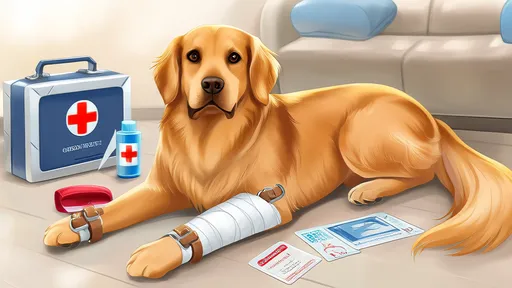
By /Jul 31, 2025

By /Jul 31, 2025
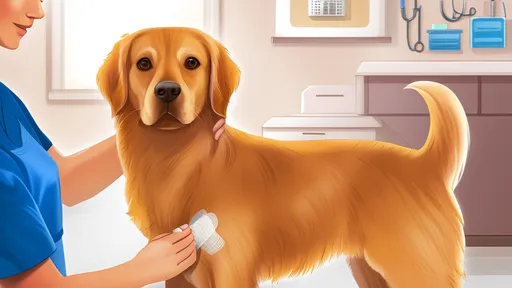
By /Jul 31, 2025

By /Jul 31, 2025

By /Jul 31, 2025

By /Jul 31, 2025

By /Jul 31, 2025
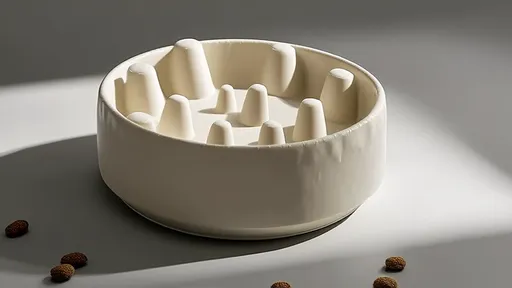
By /Jul 31, 2025

By /Jul 31, 2025

By /Jul 31, 2025
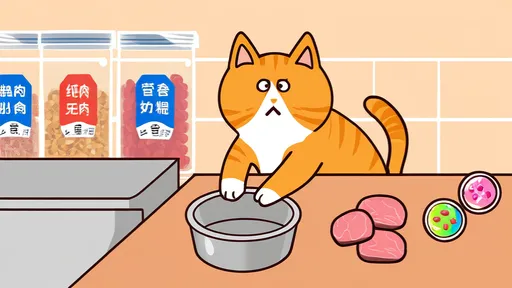
By /Jul 31, 2025
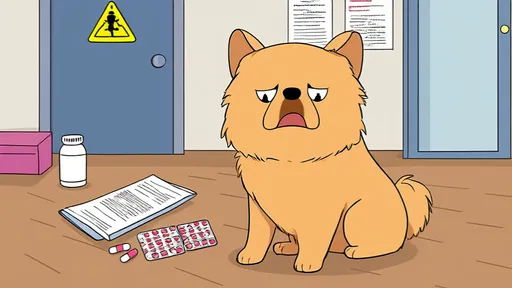
By /Jul 31, 2025

By /Jul 31, 2025

By /Jul 31, 2025